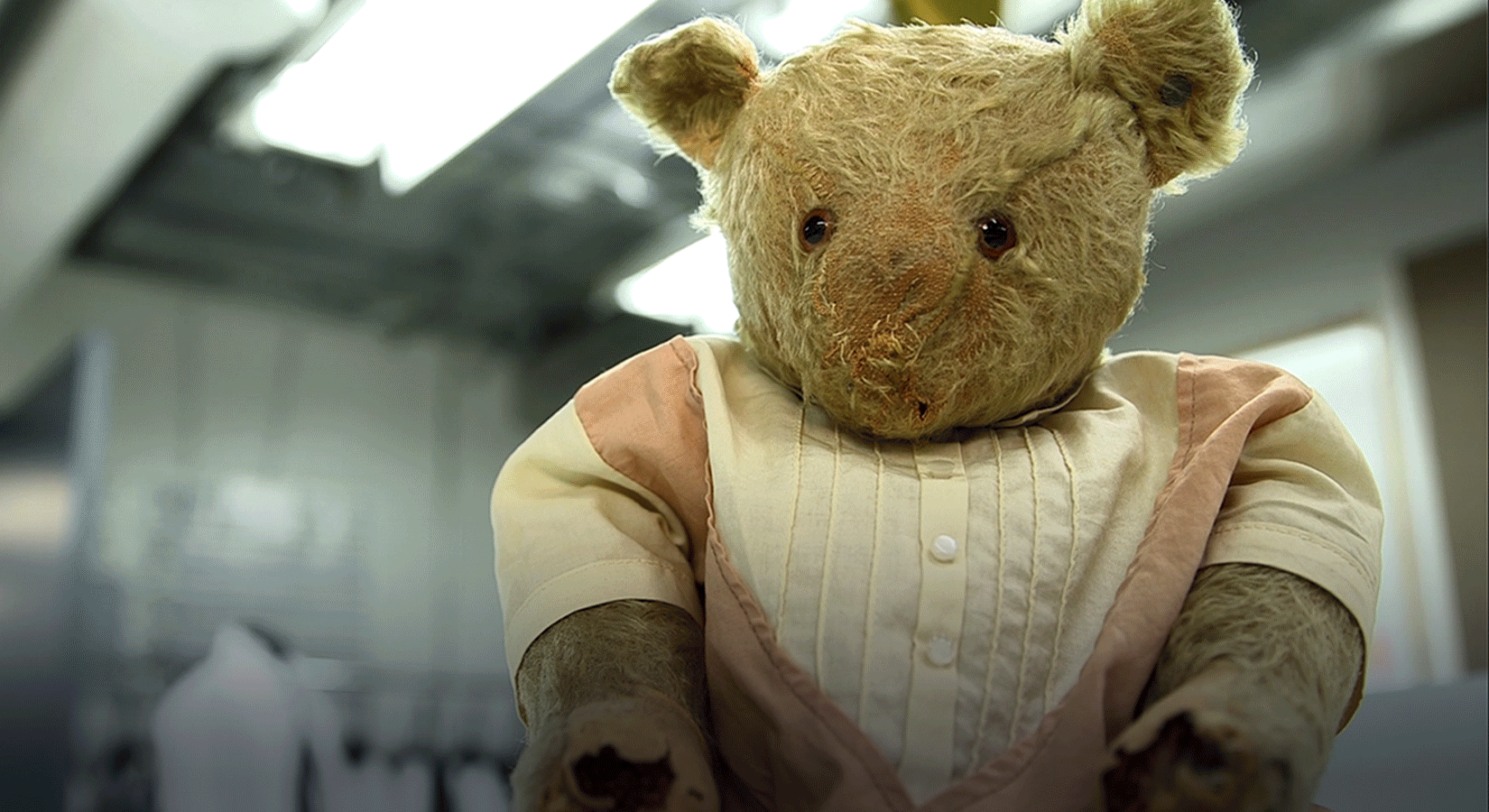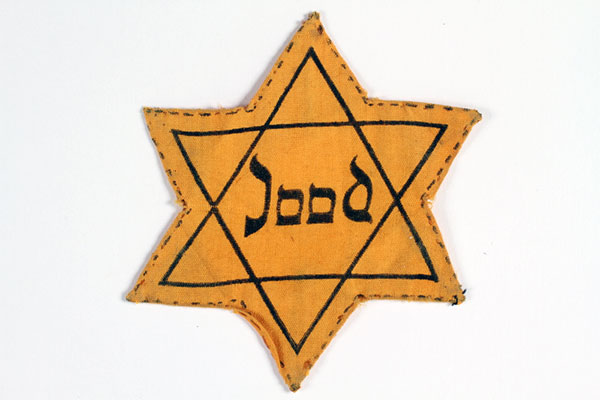Each artifact in our collection has a story to tell. The Artifacts Unpacked video series takes you behind the scenes to learn about the objects the Museum protects and how they keep alive the memory and experiences of victims and witnesses of the Holocaust.
-
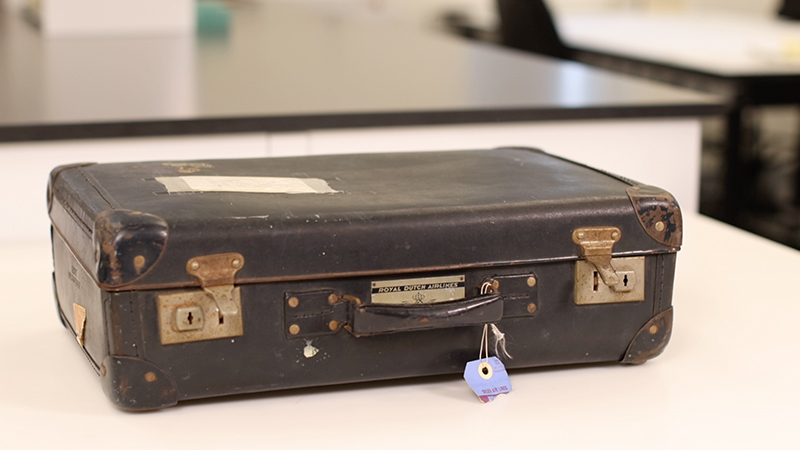
The Suitcase
As a young child, Elisabeth Blind kept this small suitcase packed and ready to move to their next hiding place in Nazi-occupied Amsterdam.
-
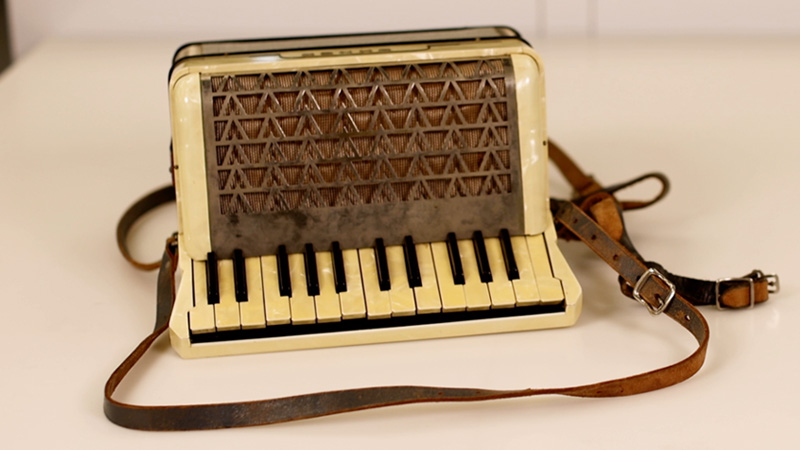
The Accordion
Hilde Anker could only take a few items when she fled Nazi Germany in June 1939. The 13-year-old made room for her accordion.
-
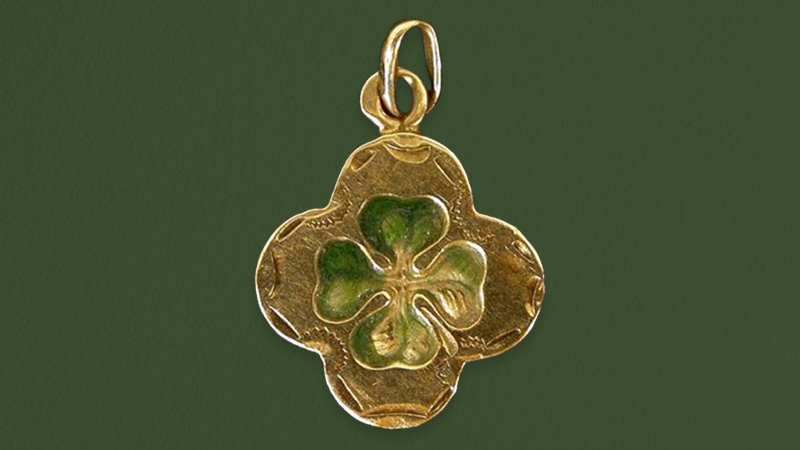
The Clover Necklace
After Nazi Germany occupied Budapest, Erika Taubner and her parents buried their prized possessions in the basement of their apartment building in Budapest, including this four-leaf clover necklace.
-
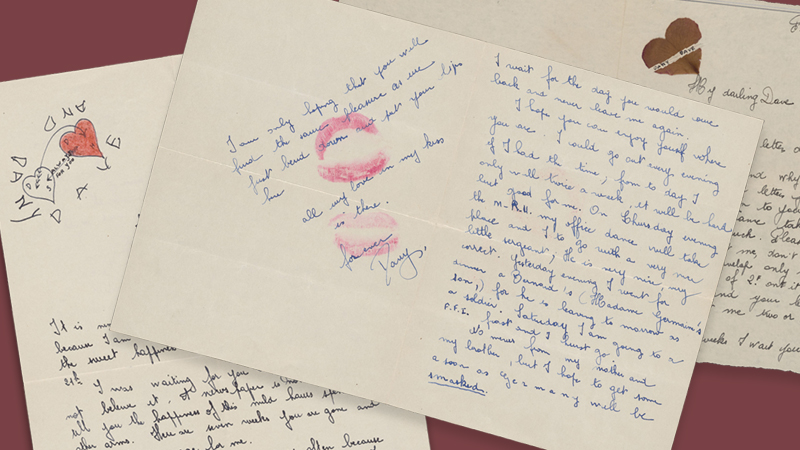
The Love Letters
Holocaust survivor Fernande “Danielle” Halerie and David Snegg kept their romance alive by writing dozens of letters toward the end of World War II. Their correspondence also documents their experiences while Danielle anxiously waited to learn the fate of her family.
-
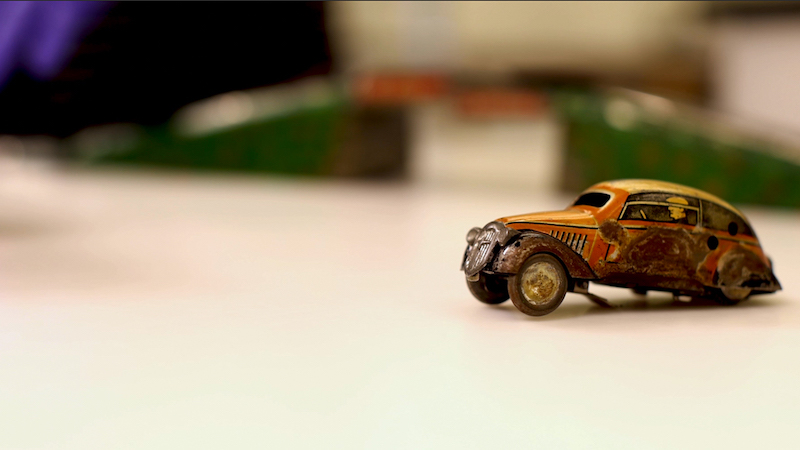
The Toy Car Set
For his seventh birthday, Peter Ney’s parents gave him this car set. It was the day after Kristallnacht—their home had been ransacked, but Peter’s gift was undamaged.
-
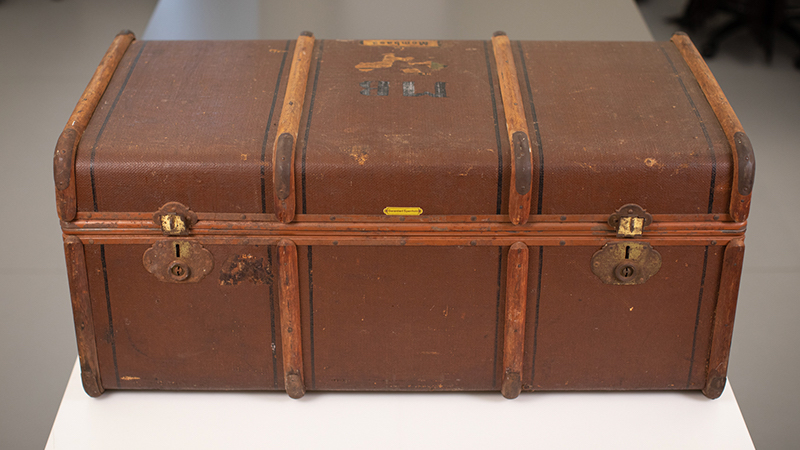
The Steamer Trunk
The Berg family packed this trunk to escape Nazi Germany for Kenya in 1939 and again in 1947 when they immigrated to the United States.
-
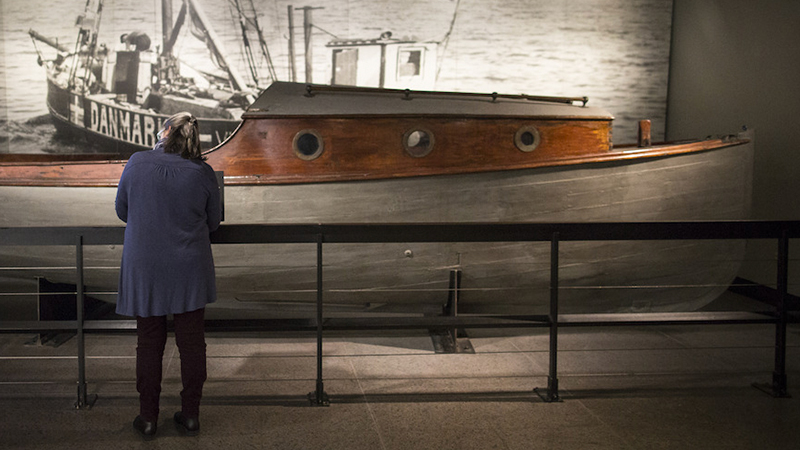
The Motorboat
Under the cover of darkness, this motorboat ferried hundreds of Jews from Denmark to safety in neutral Sweden.
-
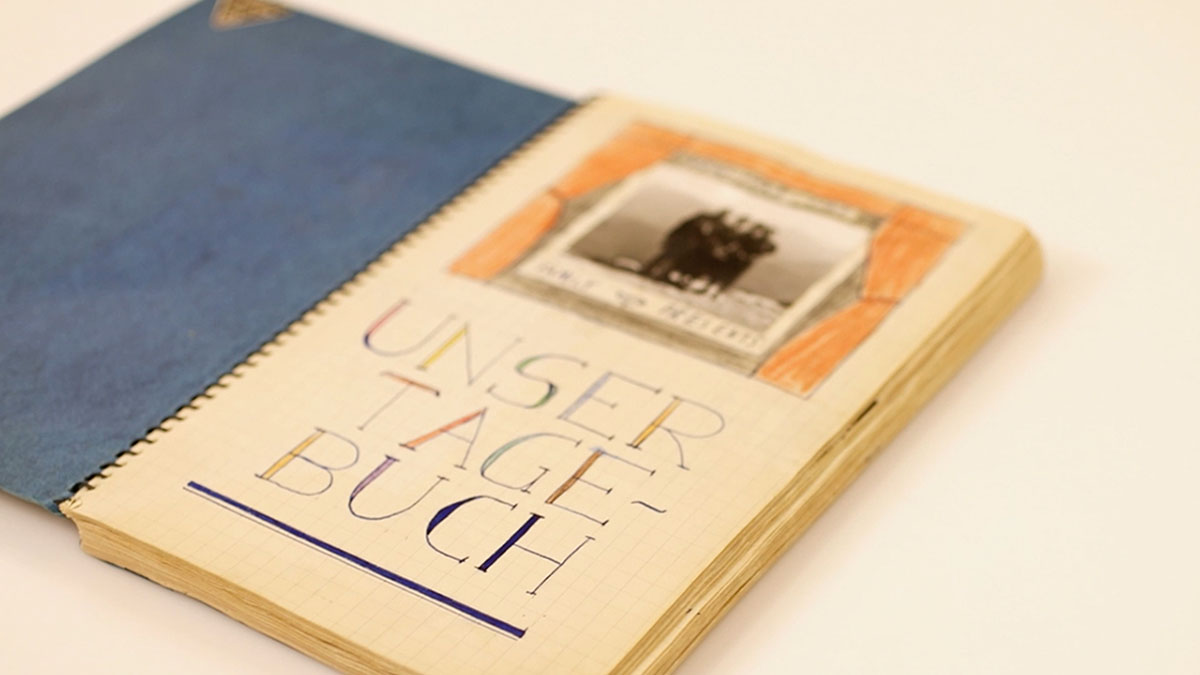
The Diary
In a detailed diary, 13-year-old Hans Vogel described his family’s struggle to immigrate to the U.S. after fleeing Nazi Germany.
-
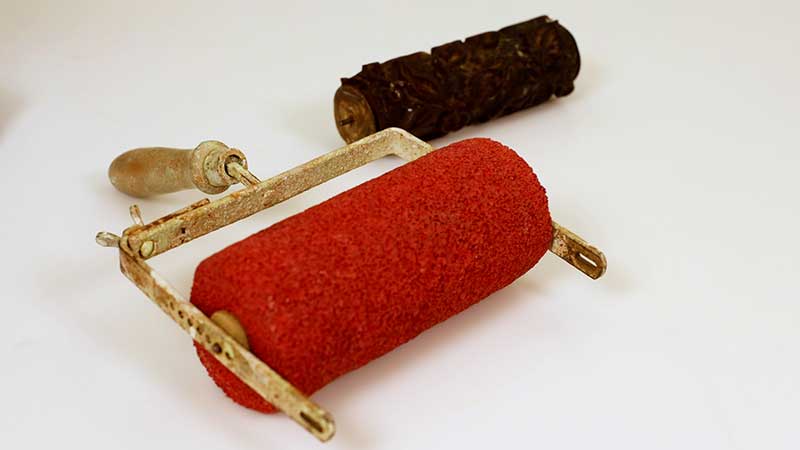
The Paint Roller
The Nazis persecuted Franz Wohlfahrt and his family for being Jehovah’s Witnesses. A tool of his trade as a painter played a role in his survival.
-

The Flag Dress
Before immigrating to the United States, Holocaust survivor Margret Hantman wore an American flag costume for a performance in a displaced persons camp.

